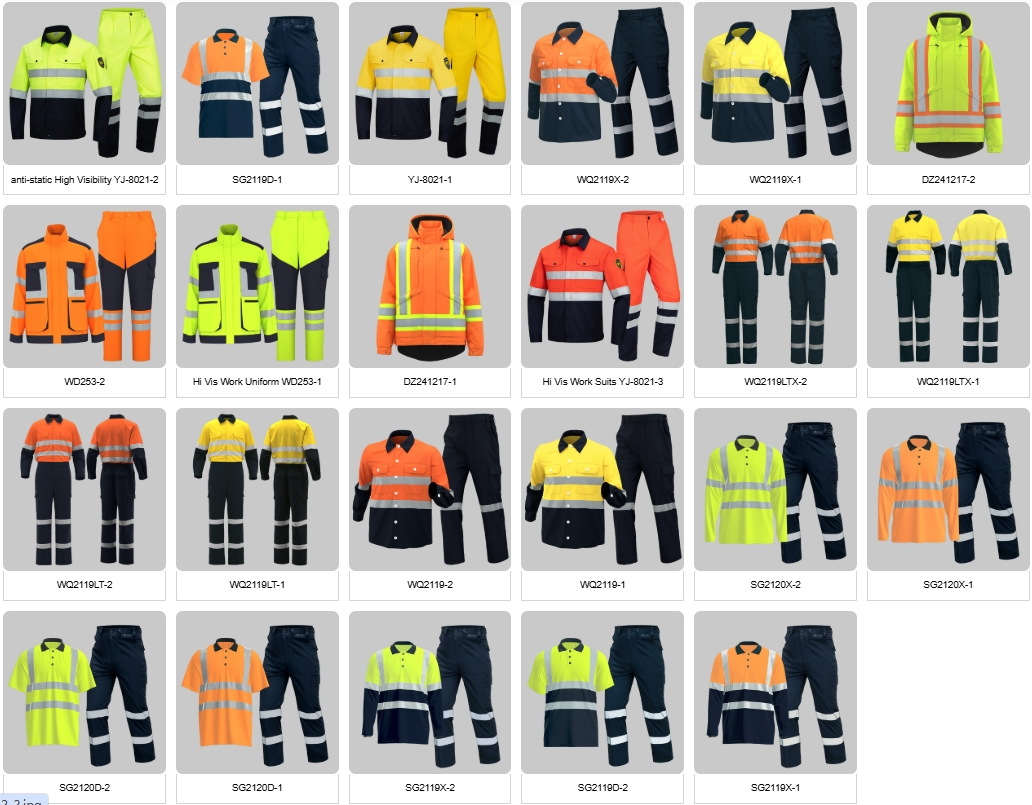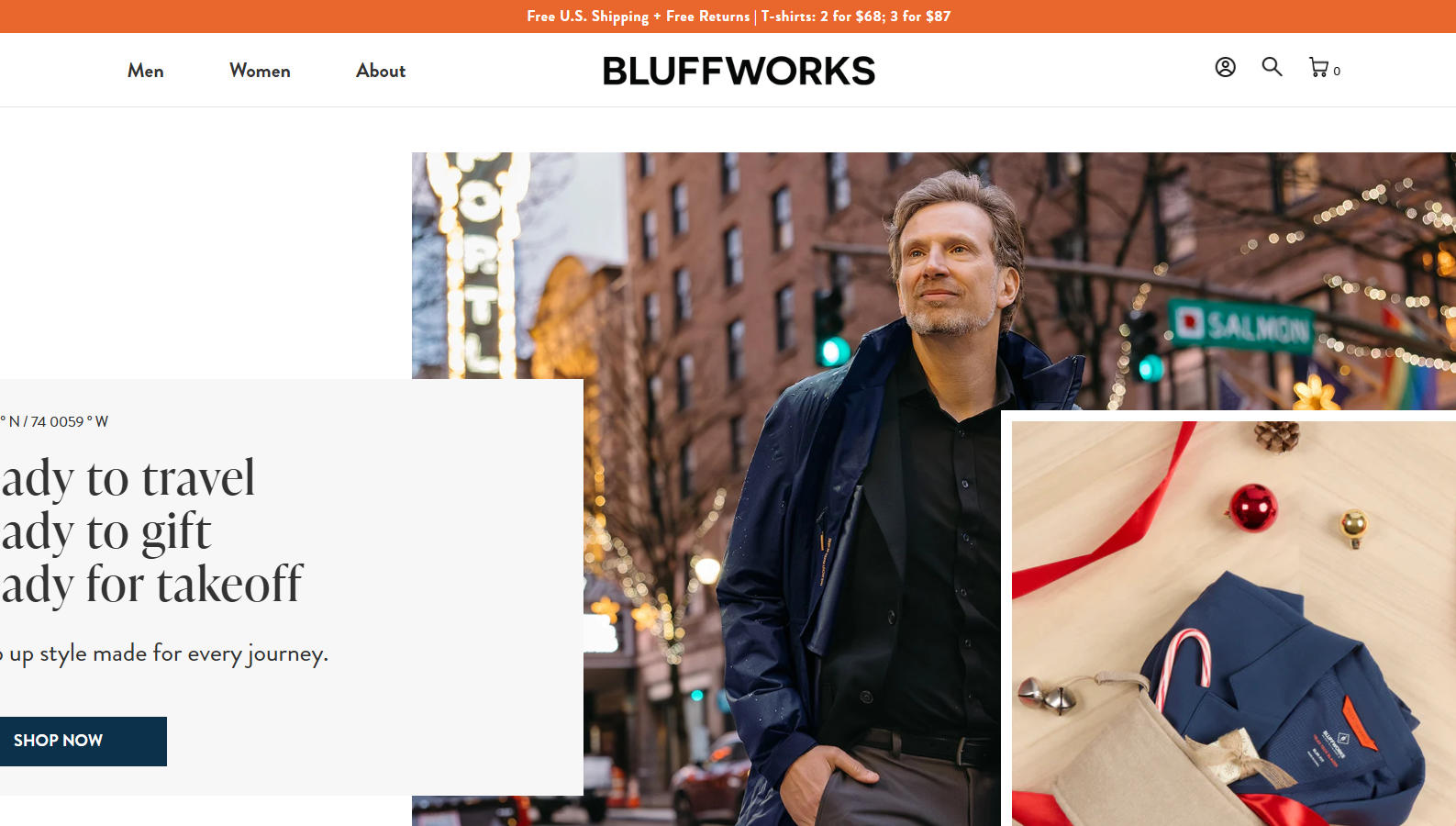Sourcing work uniforms from China for the Philippine market is a very common and viable business strategy. The process involves finding reliable suppliers on B2B platforms and navigating the logistics of shipping to the Philippines.
Here is a comprehensive guide to help you through the process.
Step 1: Find Suppliers on Chinese B2B Platforms
This is your primary method for finding manufacturers and wholesalers.
-
Alibaba.com: The world’s largest B2B platform. This is your best starting point. Look for “Gold Suppliers” or those with “Trade Assurance” (a buyer protection program).
-
Made-in-China.com: Another major platform with a strong focus on verified manufacturers.
-
1688.com: Alibaba’s domestic Chinese platform. Prices are lower, but the interface is entirely in Chinese, and it’s geared towards domestic trade. Best used with a sourcing agent.
How to Search Effectively:
-
Use keywords: “work uniform,” “corporate uniform,” “office shirt,” “security uniform,” “hotel uniform,” “coverall,” “corporate polo shirt.”
-
Filter results by “Verified Supplier,” “Trade Assurance,” and “Minimum Order Quantity (MOQ).”
Step 2: Identify Key Product Categories for the Philippines
Popular uniform items sourced from China include:
-
Corporate & Office Wear: Polo shirts, button-down shirts, and blazers for offices, BPOs, and corporate staff.
-
Industrial Workwear: Coveralls, work trousers, and shirts for factory, construction, and maintenance staff.
-
Service Industry Uniforms: Customized uniforms for hotels, restaurants, resorts, and security agencies.
-
Medical Scrubs: For clinics and hospitals.
Step 3: The Sourcing Process – Step-by-Step
1. Contact & Negotiate:
-
Contact 5-10 shortlisted suppliers on Alibaba.
-
Send a detailed Request for Quotation (RFQ) including: product description, fabric composition (e.g., 65% polyester, 35% cotton), quantity, and target price.
-
Negotiate FOB (Free on Board) prices, MOQ, and payment terms (typically 30% deposit, 70% before shipment).
2. The MOST IMPORTANT Step: Request Samples
-
Never skip this. Pay for production samples from your top 2-3 choices.
-
Check for: Fabric quality, stitching durability, sizing/fit (provide your own size chart based on Philippine standards), color accuracy, and quality of any embroidery or printing.
3. Finalize the Order:
-
Once you approve the sample, the supplier will issue a Proforma Invoice (PI).
-
Make the payment and wait for production.
Step 4: Shipping & Importing to the Philippines
This is a critical part of the process. You have two main choices for shipping:
-
FOB (Free on Board): You pay the supplier for the goods and hire your own freight forwarder to handle the sea/air freight from China. You also need to handle Philippine customs clearance.
-
CIF (Cost, Insurance, Freight): The supplier organizes and pays for shipping to a port in the Philippines (e.g., Manila, Cebu). You still need to handle customs clearance in the Philippines.
You MUST understand the Philippine Import Process:
You will need to work with a customs broker in the Philippines. Their job is to:
-
Classify your goods under the correct Philippine Customs Tariff.
-
Calculate and pay all import duties and taxes.
-
Handle all the complex paperwork with the Bureau of Customs (BOC).
Calculate Your TRUE Cost (The “Landed Cost”)
The wholesale price from China is only part of the cost. You must add:
-
Product Cost: The FOB price from the supplier.
-
International Shipping & Insurance: Sea freight is cheapest but takes 15-25 days.
-
Import Duties & Taxes: In the Philippines, this typically includes:
-
Import Duty (Varies by product, but many garments are 10-15%)
-
Value Added Tax (VAT) – 12%
-
Other Fees: Such as a documentary stamp tax.
-
-
Customs Broker Fees
-
Domestic Transportation in the Philippines from the port to your warehouse.
Quick-Reference Table: Popular Wholesale Items & Pricing
*Note: Prices are approximate FOB China for medium-sized orders (300-500 pcs). Landed cost in the Philippines will be higher after duties and shipping.*
| Product | Description | Estimated FOB Price Range (USD) |
|---|---|---|
| Polo Shirt | 65% Polyester / 35% Cotton, Embroidered Logo | $4.00 – $7.00 |
| Button-Down Shirt | Poly-Cotton Twill, Long Sleeve | $5.00 – $9.00 |
| Security Uniform | Shirt and Trousers Set, specific colors | $10.00 – $18.00 |
| Coveralls | Poly-Cotton, One-Piece | $8.00 – $14.00 |
| Apron | Polyester or Cotton, for Food Service | $3.00 – $6.00 |
Summary of Action Steps
-
Research: Go to Alibaba.com and find potential suppliers.
-
Sample: Order and critically evaluate physical samples.
-
Find a Freight Forwarder/Customs Broker: Start this process early. Contact a freight forwarder in the Philippines or China that specializes in China-Philippines shipping to get a cost estimate.
-
Calculate True Cost: Get the FOB price from the supplier and an estimate for duties, taxes, and freight from your forwarder/broker. This is your “landed cost.”
-
Place a Trial Order: Start with a smaller order to test the entire supply chain before scaling up.
By following this structured process, you can reliably and profitably import wholesale work uniforms from China to the Philippines. The key is due diligence on suppliers and understanding the full importation cost.
For some insightful reads, we’ve curated a list of recommended articles just for you:
- How do I find a product manufacturer in China?
- How to find cheap manufacturers in China? A guide to avoid pitfalls
- How to complete your first purchase of workwear in China safely and efficiently
- Custom uniforms for Small business
- Choosing the Best Industrial Work Suit
- Ultimate Guide: Best Wholesale Work Clothes in China
- Cut & Sew Customization
- Logo Customize Clonthing Manufacturer
- Labour Uniform manufacturer
- Labor clothing uniform for sale
- Working clothes china wholesale
Can’t find what you’re looking for? Feel free to contact us. We’re here to help 24/7.





